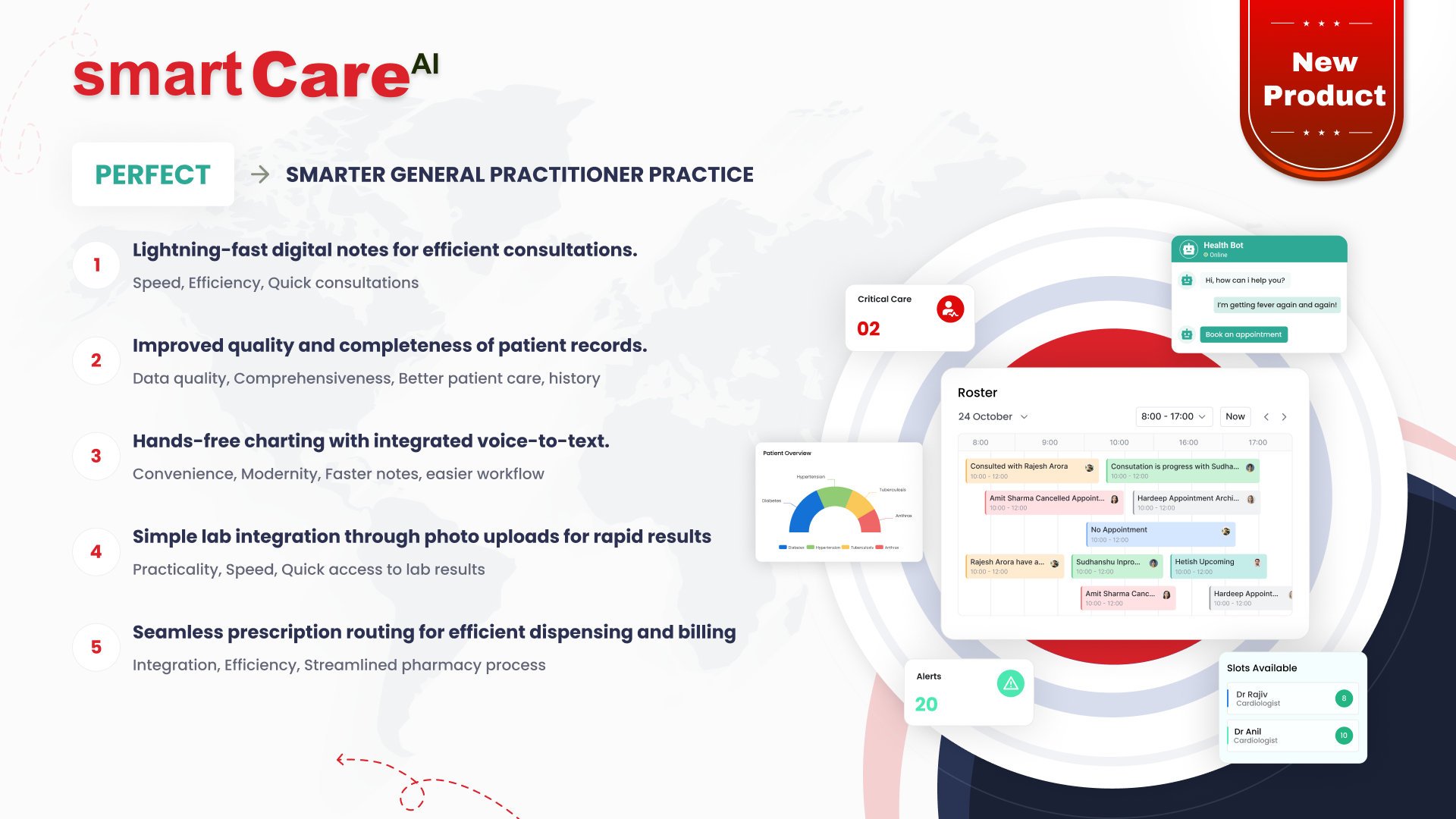
Posted On July 1, 2025
Why Agile Development Is Still the Gold Standard in Software Projects
Agile development has become the go-to methodology for many software teams—and for good reason. With a focus on flexibility, collaboration, and rapid delivery, Agile continues to prove its value across industries and project types. Here’s why it remains the gold standard in software development today.
What Makes Agile Different from Traditional Methods?
Traditional software development methods, like the Waterfall model, often follow a linear path—plan, design, build, test, and deliver. While this approach can work for some projects, it often lacks flexibility. Agile, on the other hand, promotes iterative development. Teams work in short cycles (called sprints) and continuously reassess and adapt their plans. This means problems can be addressed earlier and changes can be made quickly, which is vital in today’s fast-moving digital world.
How Agile Keeps Software Projects on Track
Agile projects use tools such as backlogs, sprint planning, daily stand-ups, and reviews to keep everything transparent and moving forward. By breaking down the development process into smaller, manageable parts, teams can stay focused and measure progress more effectively. This structured yet flexible approach makes it easier to spot delays or issues early and take corrective action.
The Role of Customer Feedback in Agile Success
One of the biggest strengths of Agile development is its emphasis on customer feedback. Agile encourages regular demonstrations of the software to clients or end users, allowing them to provide input at every stage. This ensures the final product better aligns with user expectations and needs. Continuous feedback not only improves product quality but also builds trust between the development team and stakeholders.
Why Flexibility Is Key in Today’s Fast-Paced Market
The tech world changes quickly, and businesses must adapt to stay competitive. Agile’s flexible nature allows teams to shift priorities, modify features, or explore new ideas without derailing the entire project. This ability to pivot is especially valuable for startups, evolving business models, or rapidly changing customer demands.
Breaking Down Projects into Manageable Sprints
Sprints are at the heart of Agile. Each sprint typically lasts two to four weeks and focuses on delivering a specific set of features or improvements. This approach allows teams to make steady progress while receiving regular feedback. It also reduces the risk of major setbacks and keeps the team motivated with tangible results at the end of each cycle.
Agile Encourages Better Team Collaboration
One of the standout strengths of Agile is its team-oriented approach. Regular stand-ups, sprint planning meetings, and retrospectives foster open communication and mutual understanding. By breaking down silos and promoting cross-functional collaboration, Agile helps teams move in the same direction with shared goals. This not only enhances productivity but also creates a positive working environment where ideas flow freely and challenges are addressed promptly.
Faster Time-to-Market with Agile Processes
In a competitive market, getting a product to market quickly can be the difference between success and missed opportunity. Agile development supports faster delivery through iterative releases, allowing teams to launch minimum viable products (MVPs) and gather user feedback early. This approach reduces the time spent on planning and documentation, enabling quicker pivots when necessary and ensuring that the end product aligns closely with user expectations.
How Agile Helps in Managing Risks Early
Agile projects are broken into smaller cycles, making it easier to detect and address risks at an early stage. Each sprint provides an opportunity to assess progress, identify bottlenecks, and implement fixes before problems grow too large. This risk management strategy leads to more stable and reliable software, as teams can make incremental improvements with each iteration based on real-world data and performance.
Continuous Improvement: A Core Agile Benefit
Agile isn’t just a development framework—it’s a mindset rooted in continuous learning and adaptation. Retrospectives at the end of each sprint allow teams to reflect on what worked, what didn’t, and how they can improve. Over time, this practice cultivates efficiency, better communication, and stronger outcomes. Continuous improvement ensures that the team evolves with the project, always seeking better ways to deliver value.
Why Businesses Still Trust Agile After All These Years
Agile’s long-standing success is no accident. Its emphasis on delivering customer value, staying responsive to change, and fostering strong team dynamics resonates across industries. Businesses continue to trust Agile because it consistently delivers working software, reduces waste, and increases customer satisfaction. It provides a structured yet flexible approach that adapts well to diverse project needs, making it a reliable choice year after year.
Conclusion
Agile development remains the gold standard in software projects due to its collaborative spirit, quick delivery, effective risk handling, and commitment to continuous improvement. Whether you’re launching a startup product or scaling enterprise software, Agile offers the agility and discipline to succeed.
Explore how smartdatainc.com applies Agile practices to deliver reliable, scalable, and user-centred digital solutions for businesses worldwide
